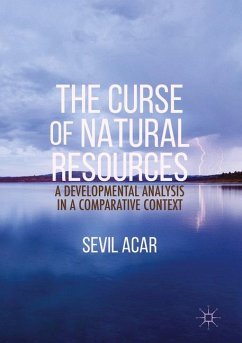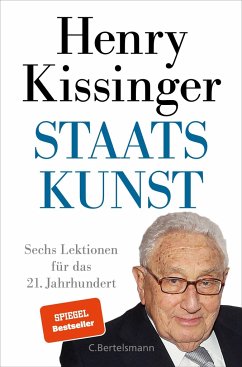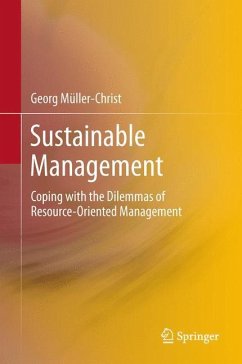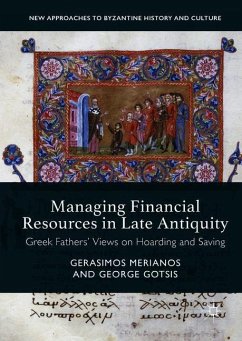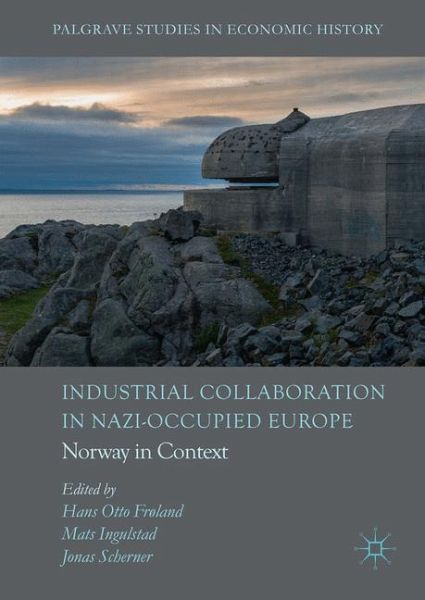
Industrial Collaboration in Nazi-Occupied Europe
Norway in Context
Herausgegeben: Frøland, Hans Otto; Ingulstad, Mats; Scherner, Jonas
Versandkostenfrei!
Versandfertig in 6-10 Tagen
106,99 €
inkl. MwSt.

PAYBACK Punkte
53 °P sammeln!
This book bringstogether leading experts to assess how and whether the Nazis were successful infostering collaboration to secure the resources they required during World WarII. These studies of the occupation regimes in Norway and Western Europe revealthat the Nazis developed highly sophisticated instruments of exploitationbeyond oppression and looting. The authors highlight that in comparison to theheavy manufacturing industries of Western Europe, Norway could provide many rawmaterials that the German war machine desperately needed, such as aluminium,nickel, molybdenum and fish. These chapter...
This book bringstogether leading experts to assess how and whether the Nazis were successful infostering collaboration to secure the resources they required during World WarII. These studies of the occupation regimes in Norway and Western Europe revealthat the Nazis developed highly sophisticated instruments of exploitationbeyond oppression and looting. The authors highlight that in comparison to theheavy manufacturing industries of Western Europe, Norway could provide many rawmaterials that the German war machine desperately needed, such as aluminium,nickel, molybdenum and fish. These chapters demonstrate that the Nazis providedincentives to foster economic collaboration, hoping that these would make everymine, factory and smelter produce at its highest level of capacity. All readerswill learn about the unique part of Norwegian economic collaboration duringthis period and discover the rich context of economic collaboration acrossEurope during World War II.





